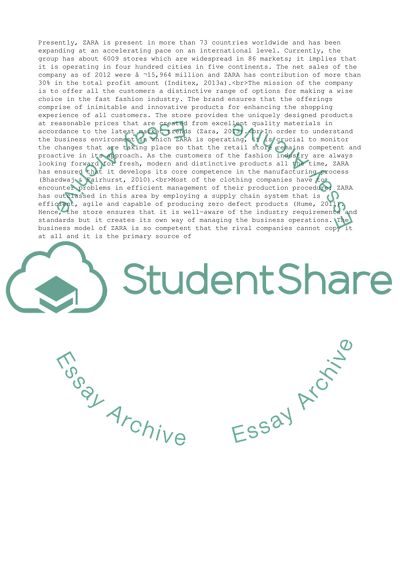Cite this document
(“Strategic Perspective - Zara Case Study Essay Example | Topics and Well Written Essays - 3750 words”, n.d.)
Retrieved from https://studentshare.org/business/1619324-strategic-perspective-zara-case-study
Retrieved from https://studentshare.org/business/1619324-strategic-perspective-zara-case-study
(Strategic Perspective - Zara Case Study Essay Example | Topics and Well Written Essays - 3750 Words)
https://studentshare.org/business/1619324-strategic-perspective-zara-case-study.
https://studentshare.org/business/1619324-strategic-perspective-zara-case-study.
“Strategic Perspective - Zara Case Study Essay Example | Topics and Well Written Essays - 3750 Words”, n.d. https://studentshare.org/business/1619324-strategic-perspective-zara-case-study.


